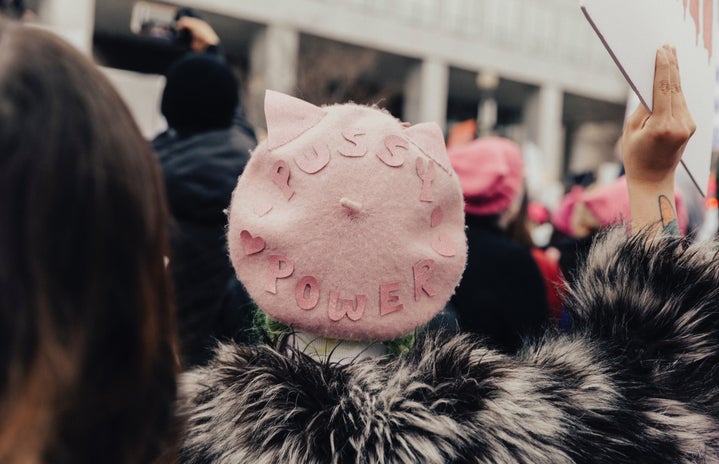As the race for the presidency continues, Sen. Bernie Sanders and Sen. Elizabeth Warren fight for the heart of the far left of the Democratic party. While they share many policy goals, their differences lie in their economic beliefs.
Currently, Warren has pulled ahead of Sanders in recent polls. In some of the early voting states, like New Hampshire, Warren even has a lead on Biden. However, the race is far from over and many voters have struggled to differentiate between Sanders and Warren.
Warren and Bernie overlap on many issues important to voters in 2020. Both support Medicare for All, making public colleges free for all, expanding Social Security and more. On social issues, they fall mostly in line with each other.
However, Warren’s economic plans come from left-wing populism, while Sanders considers himself a democratic socialist.
Left-wing populists and socialists view the economy differently. Anton Jäger, a doctoral student at Cambridge goes into depth on the economic difference between populists and socialists here. In short, populists want to return to the capitalism of the past, before monopolies controlled industries, through trust-busting and braking up corporations. Socialists believe in a publicly controlled economy.
Warren has called herself “capitalist to the bones” in the past. If elected, she would put measures in place to protect small business owners and farmers and to break up big tech companies. Thus, she would allow for competition and stop monopolies.
Sanders says there should be a 21st-century economic “bill of rights,” guarantying every person a decent job, living wage, a secure retirement and more. He hopes to embark on a path of democratic socialism, which is defined as having a socialist economy and democratic political system.
Throughout the race, media has paired Warren and Sanders together as the main opposition to Biden, however this comparison unfairly lumps them together. Although they share many policy goals, they rise from similar, but different ideologies. As the race continues and goals become more specific, the far left of the Democratic Party will have to decide if they see populism or socialism for the future.


